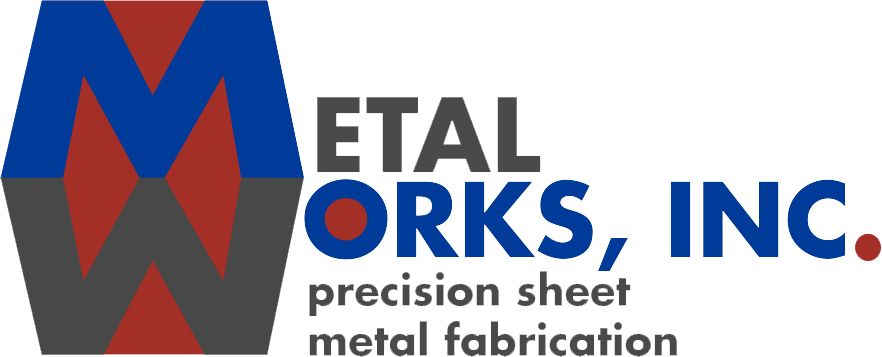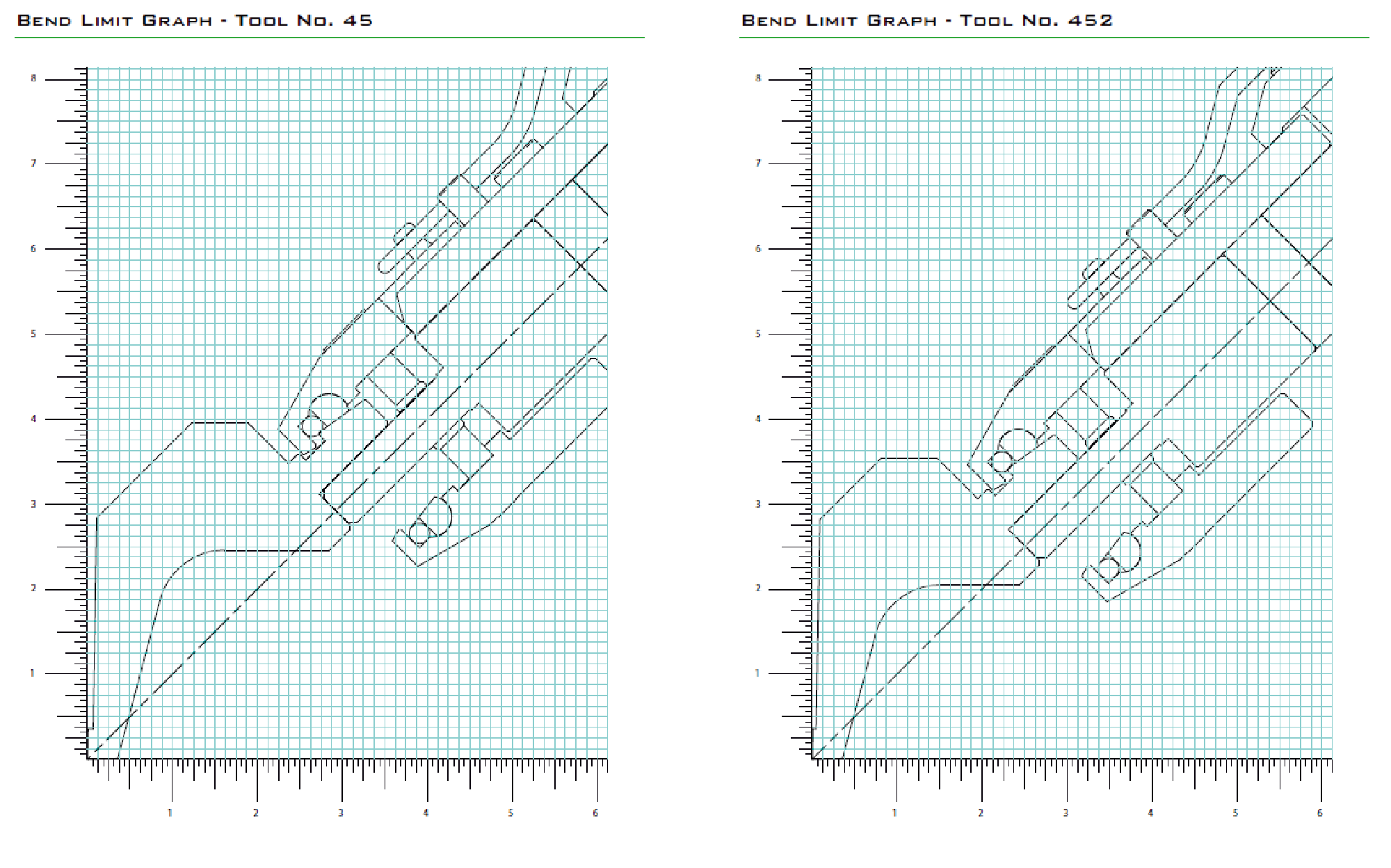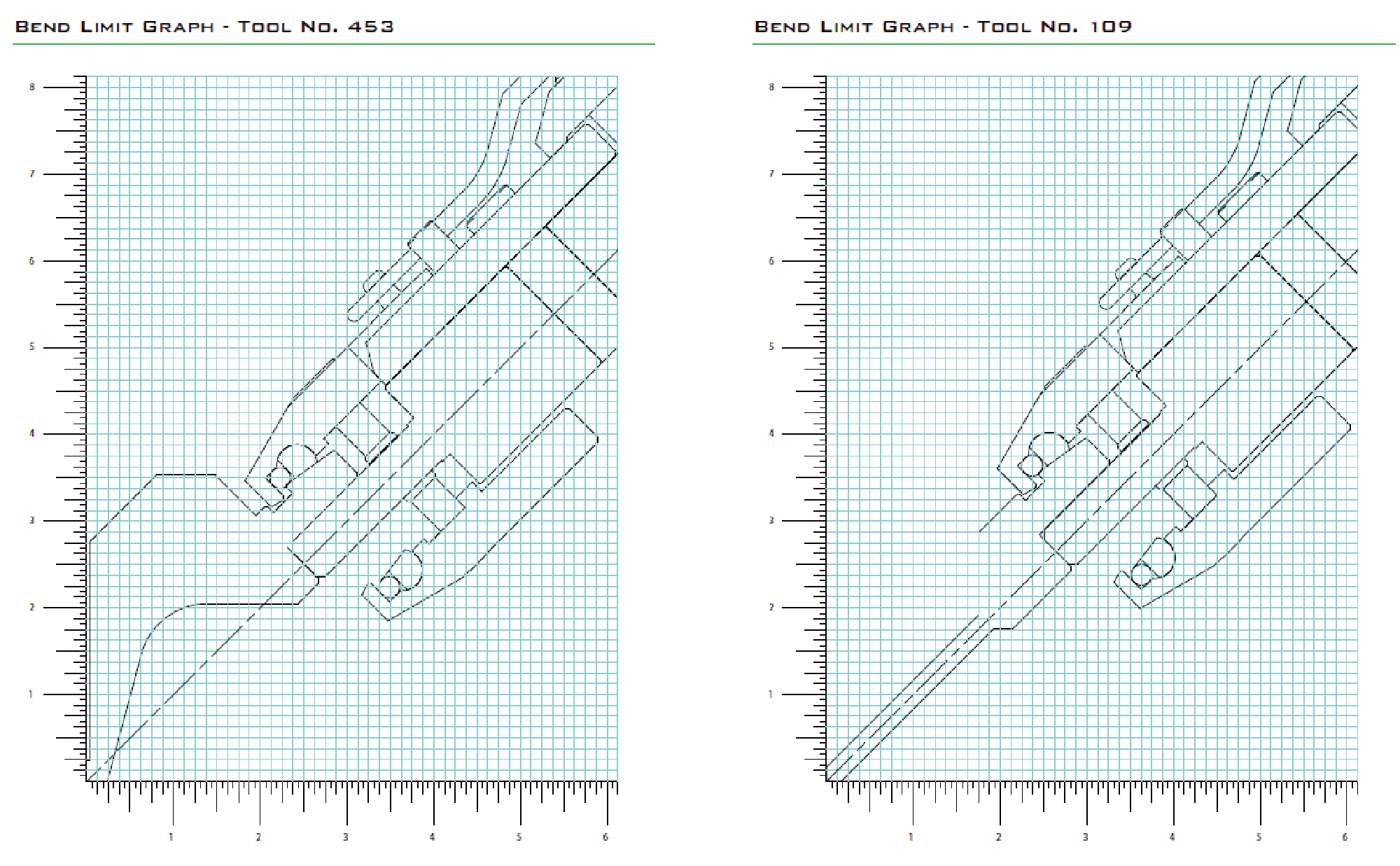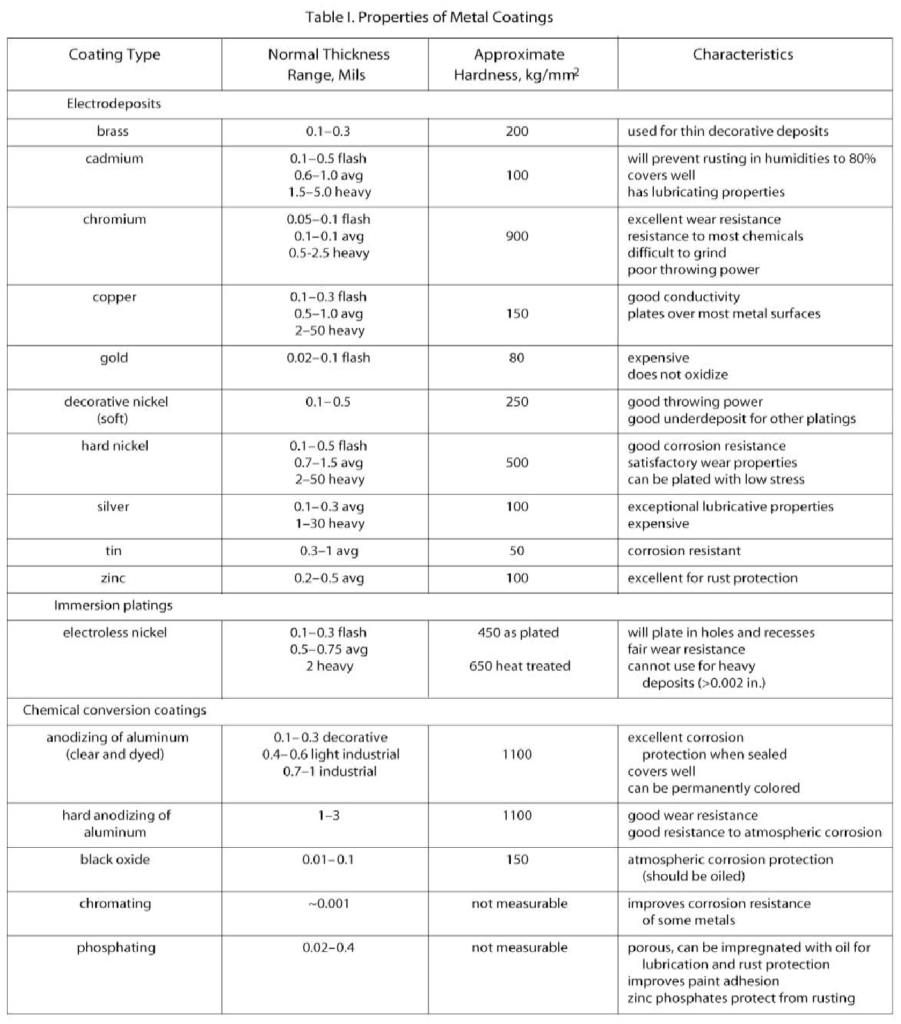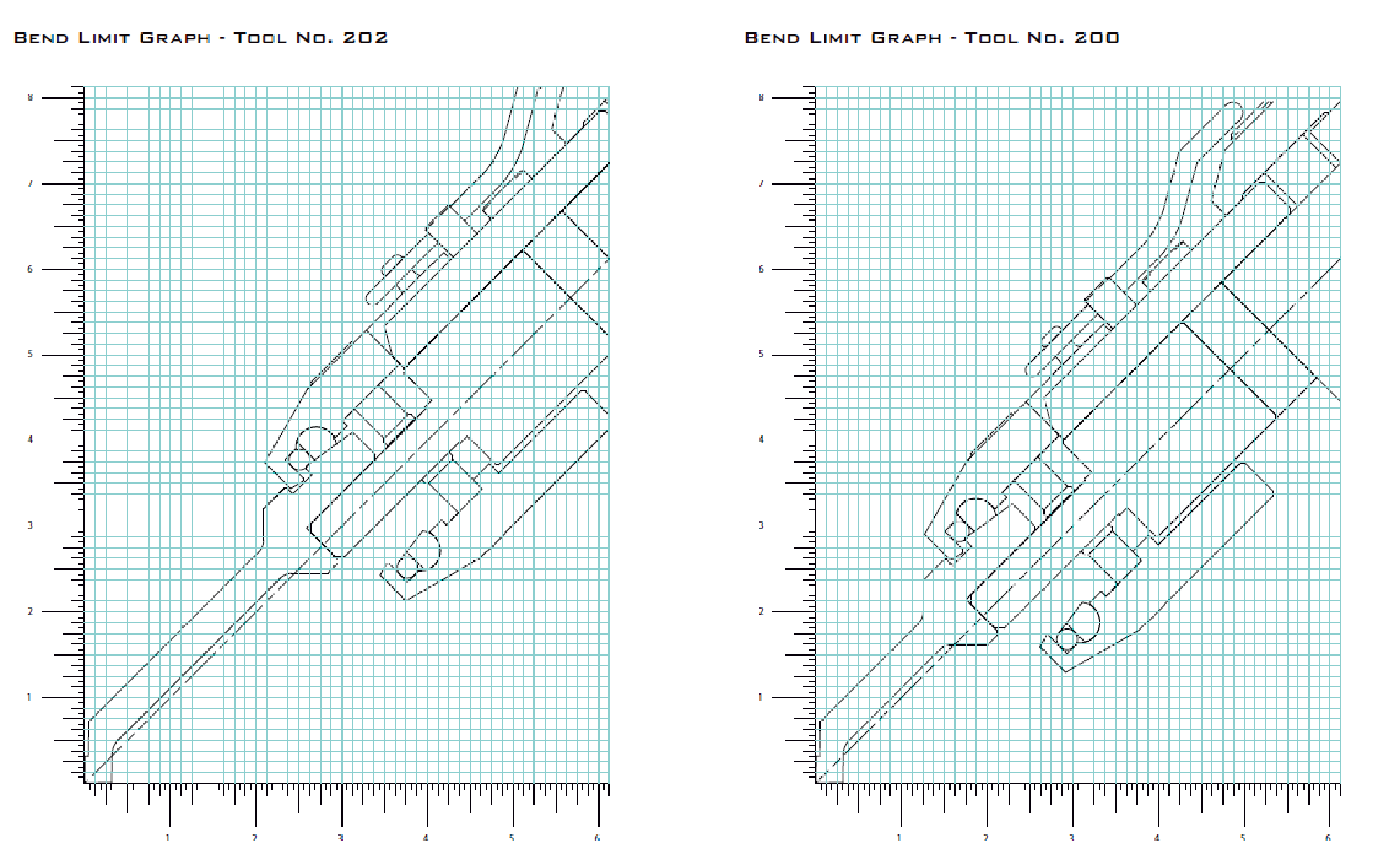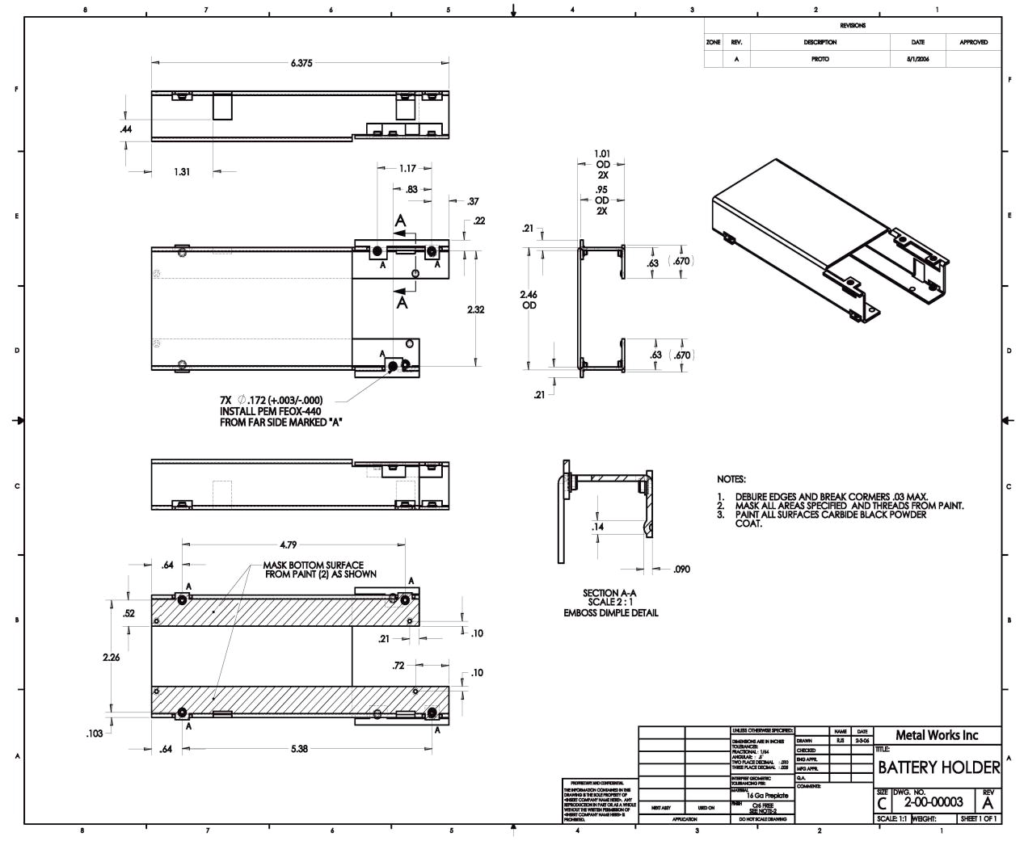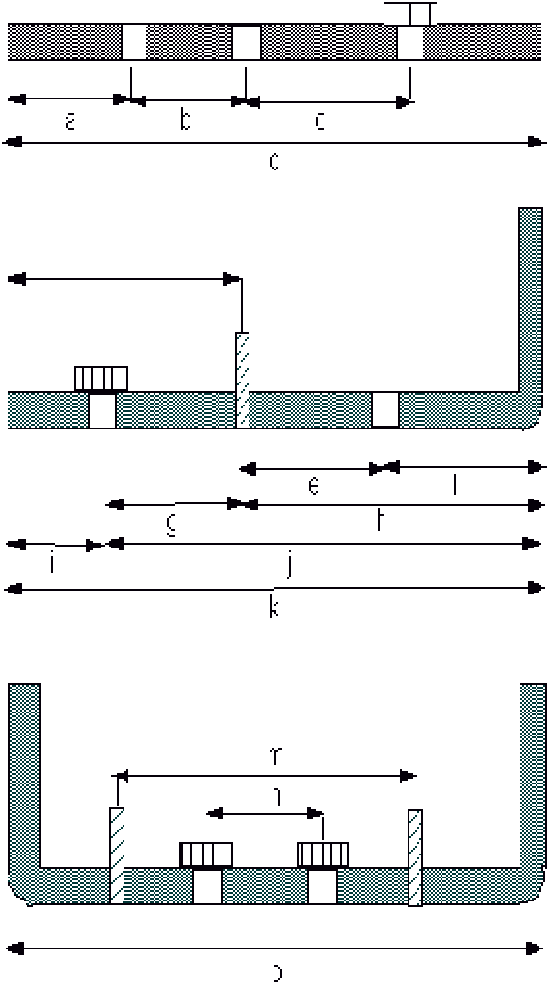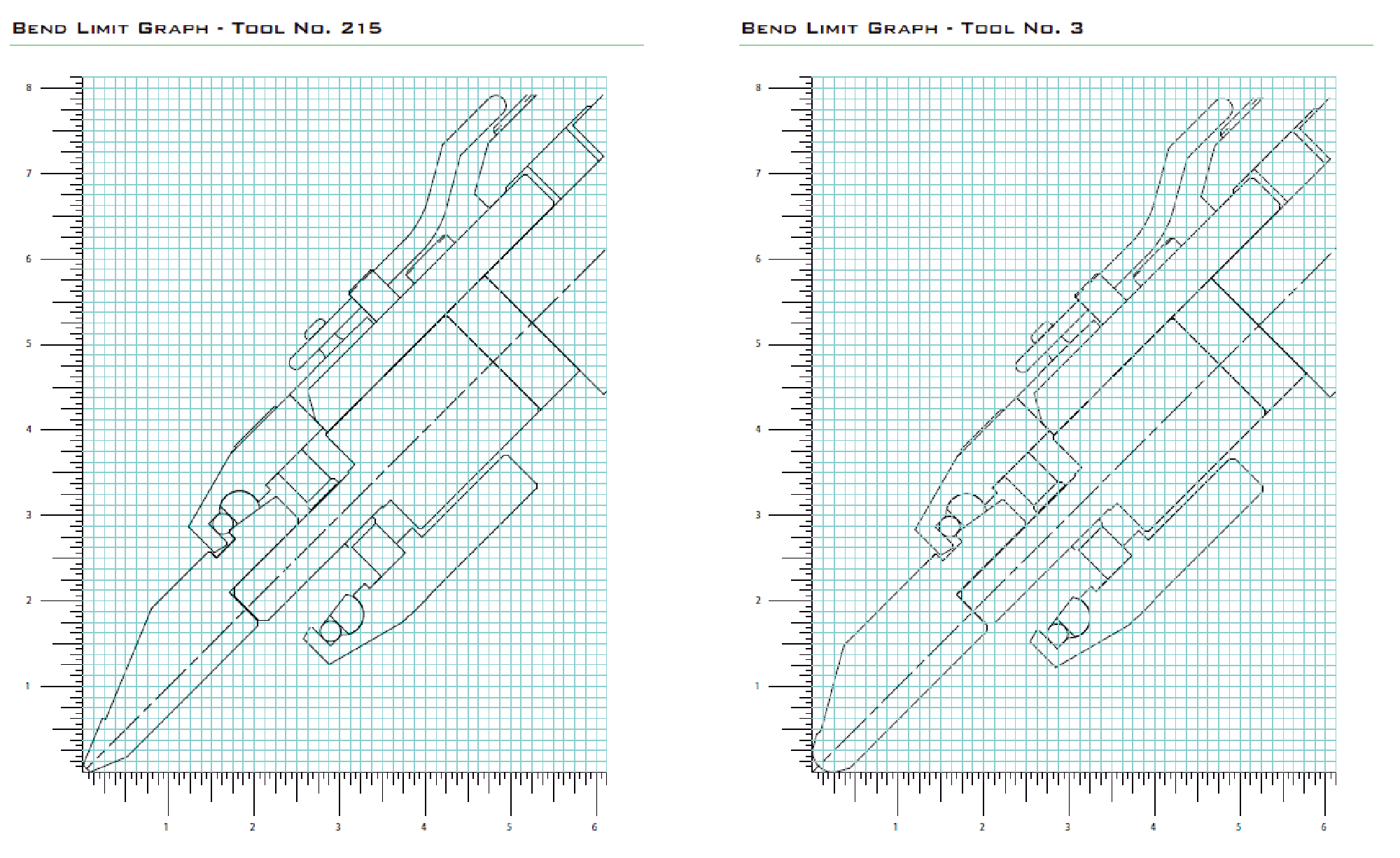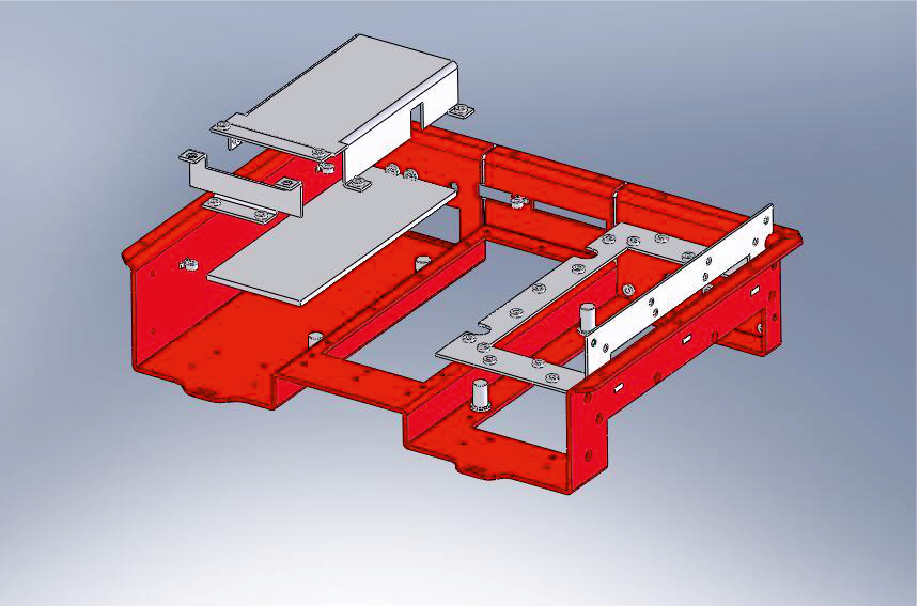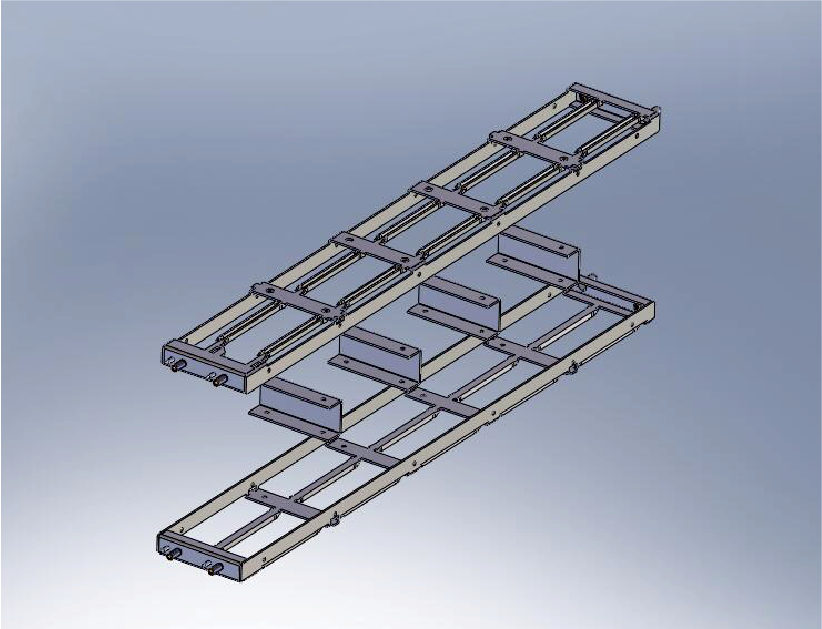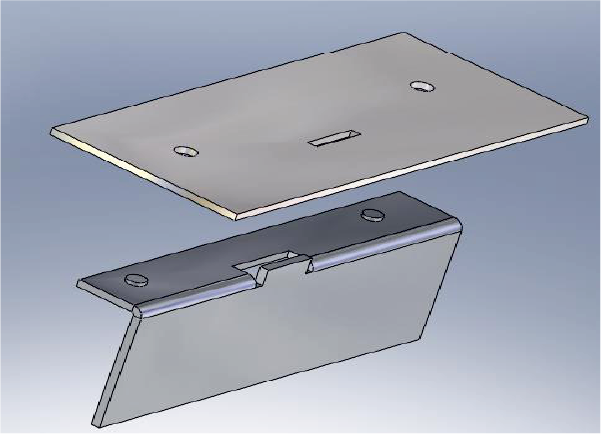Sheet Metal Fabrication
Our basic guidelines for sheet metal fabrication include important design considerations to help improve part manufacturability, enhance cosmetic appearance, and reduce overall production time.
Size
Maximum Dimensions
|
|
MM
|
IN
|
|---|---|---|
|
SIZE
|
1,016mm x 1,219.2mm
|
40 in. x 48 in.
|
|
LENGTH
|
1.219m
|
4 ft.
|
Minimum Dimensions
|
|
MM
|
IN
|
|---|---|---|
|
FLAT PART
|
12.7mm x 12.7mm
|
0.5 in. x 0.5 in.
|
|
FORMED PART
|
38.1mm x 38.1mm
|
1.5 in. x 1.5 in.
|
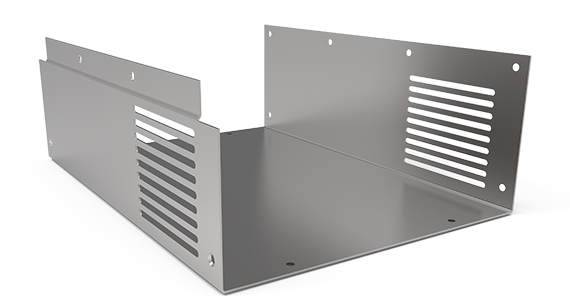
Tolerances
Single Surface
|
SIZE
|
LENGTH
|
|---|---|
|
1,016mm x 1,219.2mm
|
1.219m
|
Multiple Surfaces
|
|
MM
|
IN
|
|---|---|---|
|
FEATURES SEPARATED BY TWO OR MORE BENDS
|
1,016mm x 1,219.2mm
|
40 in. x 48 in.
|
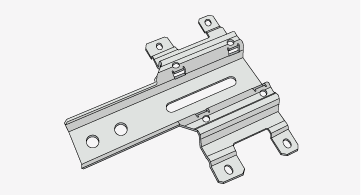
Robotic Punching & Laser Cutting
Drawing Information
Lorem Ipsum is simply dummy text of the printing and typesetting industry. Lorem Ipsum has been the industry's standard dummy text ever since the 1500s, when an unknown printer took a galley of type and scrambled it to make a type specimen book. It has survived not only five centuries, but also the leap into electronic typesetting, remaining essentially unchanged. It was popularised in the 1960s with the release of Letraset sheets containing Lorem Ipsum passages, and more recently with desktop publishing software like Aldus PageMaker including versions of Lorem Ipsum.
- Part Number 1
- Part Number 2
- Part Number 3
- Part Number 4
- Part Number 5
Drawing Considerations (When detailing a part certain information is )
Forming (Bend Considerations)
Part Combination, Symmetry and Common Thicknesses.
Design for Sheet Metal
Designing in common part thicknesses, Symmetry and combined features will enable parts to be nested together, reduce the number of parts and reduce assembly time. This helps reduce assembly cost.
